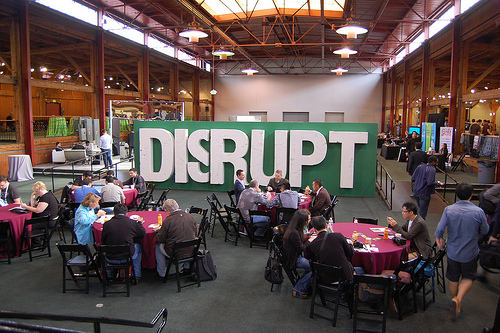Within a marketing strategy, it goes without saying that target audiences are a key consideration.
For all the focus on nurturing an idea, addressing a point of pain and developing a product, the ability to achieve traction hinges on the ability to connect with target audiences. Again, it’s an obvious statement.
The trick and challenge is identifying target audiences, their demographics, needs and buying behaviour. For some products, target audiences can be straightforward, while other products appeal to a variety of target audiences with slightly different needs.
For startups, getting a good grasp on target audiences can be a challenge because they may not have the resources to conduct in-depth research – be it through surveys, interviews, focus groups, etc.
It means developing target audiences can be a quasi-guessing game that include a number of assumptions. In an ideal world, these assumption are pretty accurate so a startup’s sales and marketing activities are aimed in the right direction.
It also possible the target audiences that had been identified are either not right or a startup attract customers who weren’t originally identified or seen as a priority.
It is important to continually get as much information about their customers. Who are they? How did they find you? What are their needs and motivations? How did you find you? What alternatives or competitors did they consider?
Getting this information provides valuable insight that can confirm target audiences or deliver eye-opening information about new customers and new sales opportunities.
So how does a startup begin the target audience process?
It begins with creating personas that identify a customer’s age, education, needs, goals, purchase risks, how they get information and do research, and the buying process. This will help you create a pretty good buyer profile. Keep in mind, there can be multiple buyer personas for your products.
Buyer personas provide direction and insight into the ways to reach the different parts of your target audiences. If possible, you can interview people who fall into these buyer personas to test your assumptions and, if necessary, tweak or overhaul them.
The reality for startups is nailing their target audiences can be difficult to achieve out of their gate. But by taking the right approach, you can establish a good foundation upon which to build.
Editor’s note: This is a cross post from Mark Evans Tech written by Mark Evans of ME Consulting. Follow him on Twitter @markevans or MarkEvansTech.com. This post was originally published in Sept 18, 2012 on MarkEvansTech.com.



